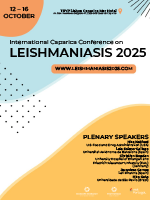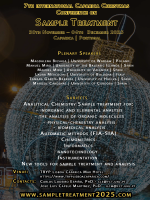Combining detection and reconstruction of correlational and periodic motifs in viral genomic sequences with transitional genome mapping: Application to COVID-19
DOI:
https://doi.org/10.5584/jiomics.v11i1.197Keywords:
Genomic sequences, Correlational and periodic motifs, Transitional genome mapping, Statistical criteria, Packaging of viral genomesAbstract
A method of Transitional Automorphic Mapping of the Genome on Itself (TAMGI) is aimed at combining detection and reconstruction of correlational and quasi-periodic motifs in the viral genomic RNA/DNA sequences. The motifs reconstructed by TAMGI are robust with respect to indels and point mutations and can be tried as putative therapeutic targets. We developed and tested the relevant theory and statistical criteria for TAMGI applications. The applications of TAMGI are illustrated by the study of motifs in the genomes of the severe acute respiratory syndrome coronaviruses SARS-CoV and SARS-CoV-2 (the latter coronavirus SARS-CoV-2 being responsible for the COVID-19 pandemic) packaged within filament-like helical capsid. Such ribonucleocapsid is transported into spherical membrane envelope with incorporated spike glycoproteins. Two other examples concern the genomes of viruses with icosahedral capsids, satellite tobacco mosaic virus (STMV) and bacteriophage PHIX174. A part of the quasi-periodic motifs in these viral genomes was evolved due to weakly specific cooperative interaction between genomic ssRNA/ssDNA and nucleocapsid proteins. The symmetry of the capsids leads to the natural selection of specific quasi-periodic motifs in the related genomic sequences. Generally, TAMGI provides a convenient tool for the study of numerous molecular mechanisms with participation of both quasi-periodic motifs and complete repeats, the genome organization, contextual analysis of cis/trans regulatory elements, data mining, and correlations in the genomic sequences.
Downloads
Published
Issue
Section
License
Copyright (c) 2021 Journal of Integrated OMICS

This work is licensed under a Creative Commons Attribution 4.0 International License.









